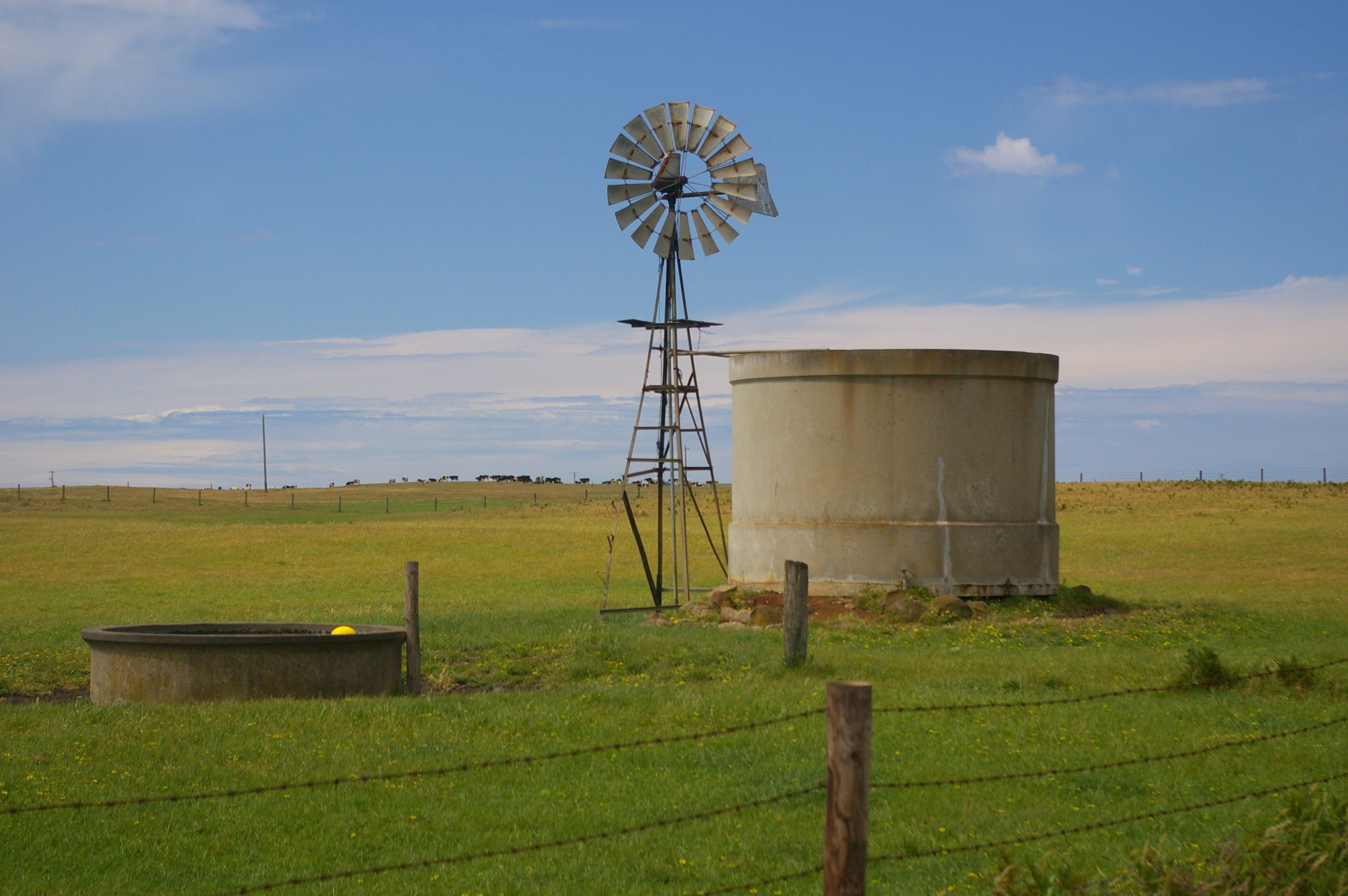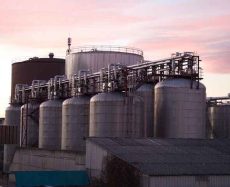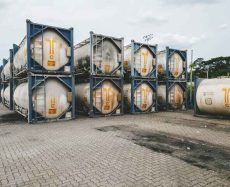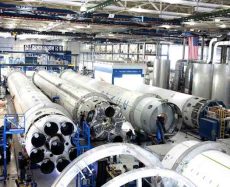
- admin
- December 19, 2019
A Complete Guide on Field Erected Tanks (Updated for 2024)
Field erected welded steel tanks are monolithic steel behemoths that have been constructed by engineers to withstand sudden temperature changes, harsh weather conditions, corrosive effects of chemicals, and several other factors.
Depending on the purpose of the tank, a field-erected steel tank can be manufactured with carbon steel, stainless steel, or a duplex material.
Not all tank manufacturers are skilled enough to handle stainless steel and duplex material, as these require specialized equipment.
Studies suggest that stainless and duplex material tanks are primarily used in the food and beverage industry, chemical manufacturing industry, power industry, and other industries where it’s essential to store chemicals with corrosive properties.
Veteran tank manufacturers believe that field erected tanks have been so named because they’re too large to be put together inside a shop facility.
They further add that versatility is the reason behind its popularity as a potential solution for industrial and municipal needs.
This includes potable water storage, wastewater treatment, and chemical and fuel storage.
The most interesting part is that a wide range of field-erected tanks are available to store contaminated liquids.
According to experts, a field-erected tank has a capacity of more than 45,000 gallons and is greater than 15 feet in diameter.
They further add that the best part about field-erected tanks is that they can be designed and constructed in any shape and size required. No matter the requirements, it can be easily constructed into the requisite shape.
Construction Process of Field Erected Tanks
After the buyer places an order with the tank manufacturing company for a field-erected tank, the first thing that the engineers and product designers do is complete the drawing and design calculations.
Based on the tank builder’s estimates and designs, the tank manufacturing company orders the carbon or stainless steel. Next, the tank builder organizes and issues subcontracts for procuring the raw materials.
Once the materials are delivered to the fabrication facility and stored according to the requirements, the steel plate material is inspected so as to make sure it’s in line with the customer requirements.
The tank plates are then rolled to shape them according to the design of the tank. Following this, roof plates, bottom plates, and structural shapes are cut and marked according to the drawing.
The next step involves plate blasting and priming the steel materials in-house. Once the plate is at an appropriate blast profile, it’s painted and primed as per the specifications of the project.
After fabrication, blasting, and priming, the tank is delivered to the client’s location part by part.
Primary Uses of Field Erected Tanks
Field erected tanks are used to store a wide range of items. Here are just a few of the many –
Corrosive chemicals.
Fertilizer solutions.
Asphalt
Emulsion and Polymers
Water
Waste Water
Fire Water
Crude Oil
Petro Chemicals
Brine Water
How Long Do Underground Storage Tanks Last?
Unarguably, field erected tanks are an integral part of the manufacturing industry. Thus, it’s important that the tank lasts long and remains sustainable.
According to a report by the Steel Tank Institute of Steel in North America, field erected tanks manufactured with premium quality steel last for a very long time. There are many operational steel tanks in the United States that are over 100 years old.
So, here was a complete guide on field-erected tanks. Let us know in the comment section if you want to add any.
- field erected tanks
- Industrial tanks
- tanks
Category
- Above Ground Fuel Tanks
- Above Ground Gas Storage Tank
- Above Ground Storage Tanks
- Above Ground Water Storage Tanks
- Agricultural Tanks
- Chemical storage Tanks
- Diesel Fuel Storage Tanks
- Diesel Storage Tanks
- Exernal FloatingRoof Tanks
- Farm Water Tank
- Fiberglass Oil Tanks
- Fiberglass Septic Tanks
- Fiberglass Underground Fuel Storage Tanks
- Field Erected Tanks
- Floating Roof Tank
- Fuel tank
- Industrial Chemical Storage Tanks
- Industrial Gas Tanks
- Industrial Plastic Tanks
- Industrial Storage Tanks
- Industrial Tank heating pads
- industrial tanks
- Natural gas
- Natural gas vs Propane
- oil storage tank
- Oil Storage Tanks
- Peracitic Acid
- Petroleum Tanks
- Residential gasoline storage tanks
- Residential Water Storage Tanks
- Sodium Hydroxide Storage Requirements
- Sodium Hypochlorite Storage Tanks
- Steel Storage Tanks
- storage tank failure prevention
- Storage Tanks
- Sulfuric Acid Tanks
- Uncategorized
- UnderGround Storage Tanks
- Water Storage Tanks

 Tank Size Calculator
Tank Size Calculator






